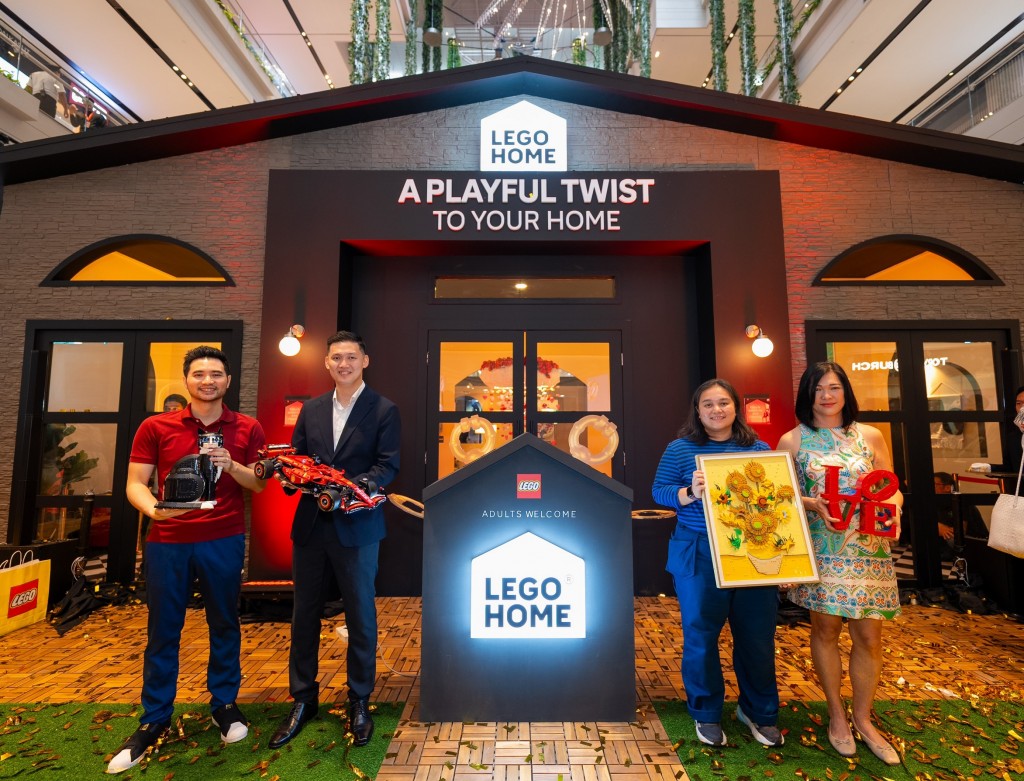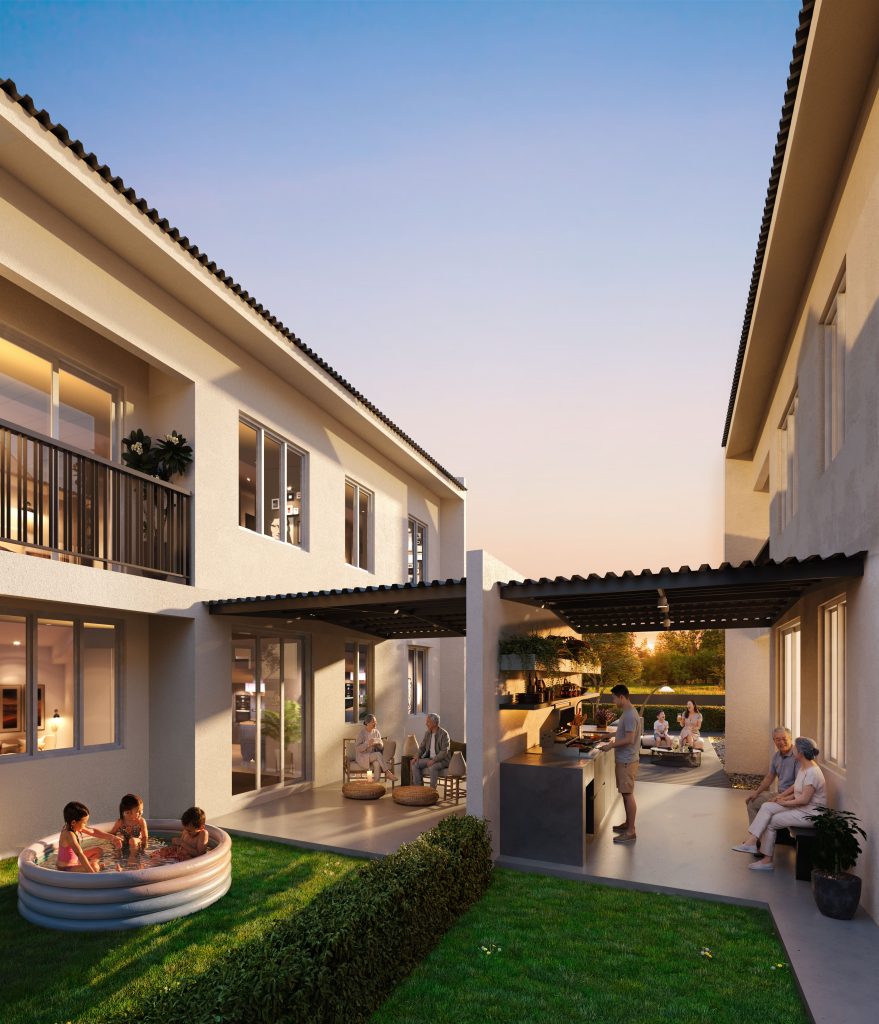Parking can be a nightmare in the city, anyone in Kuala Lumpur will tell you. As the country moves into an endemic stage, Malaysians are seeing a return to traffic congestion and finding a parking spot at your place of work becomes a race against time.
The solution? Getting cars off the road.
According to Rehda institute trustee Datuk Ng Seing Liong, reducing the number of car parks down to zero will reduce both traffic congestion and the mad dash for a parking spot.
With increased efforts from the government to build connectivity infrastructures, such as the mass rapid transit (MRT), light rail transit (LRT) and bus rapid transit (BRT), Ng questioned the necessity of car parks in big cities like Kuala Lumpur. He pointed to cities such as Melbourne and Hong Kong, where there is a decreased need for car parks due to the strength of their public transport.
However, despite the increasing connectivity in Malaysia’s largest cities, Malaysia has not quite reached its goal of making public transport a viable mode of travel.
“The LRT is going from Damansara to Klang but by reaching the station you still haven't reached your home, so you still have the last mile,” Ng said during the recent 2022 Regional Housing Conference.
To fully embrace public transport, Ng pressed on the need for the government to provide feeder buses at MRT stations to all surrounding housing areas. This is the last mile. It is an important part of connectivity, as people coming from the MRT still require transportation to bring them to their homes.
“Not many people can afford a grab or taxi and it’s not cheap, it’s RM10 to RM20,” Ng said.
The government is more than capable of providing free shuttle buses at MRT stations, as evidenced by the MRT Kajang line shuttle bus services during the temporary suspensions of three MRT Kajang line stations.
Car parks already take up unnecessary space in busy cities, and more often than not, property developers build additional car parks that go unused. This has contributed significantly to the cost of construction of a project and the value of the property involved.
In a building with car parks, developers will have to create spaces that are expensive, especially in urban areas. Municipally zoned parking requirements could further lead to a waste of land usage.
With a viable public transport option, people will be encouraged to take the sustainable option, rather than rely on their own vehicles, leaving car parks obsolete.
The core pillar of such a solution is transit-oriented developments (TODs), which require a reframing of how transport is perceived.
Rather than the singular function of the current transportation system, transportation in TODs is created to be multi-purpose communities that also incorporate residential development, offices, public facilities and green spaces. A TOD should be within a five-minute walking distance of a transit station.
In Selangor, Sunway City’s free shuttle bus acts as an example of an alternative transport option, following a route that includes the residential areas in the city, universities, commercial centres and the hospital.
Ng calls for developers to think outside the box when it comes to transportation options instead of creating more car parks. In seeking a sustainable way to optimise the shrinking land bank, Malaysian cities might one day be car park free.
Stay ahead of the crowd and enjoy fresh insights on real estate, property development, and lifestyle trends when you subscribe to our newsletter and follow us on social media.












































